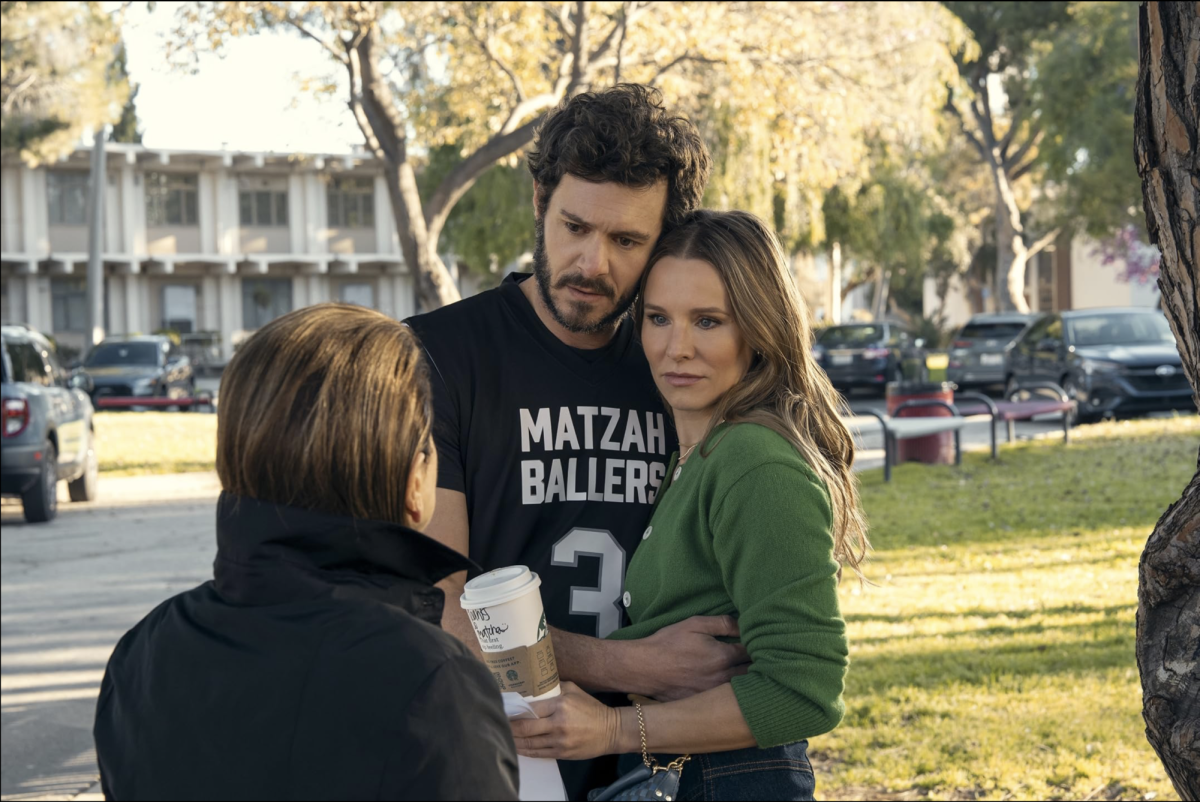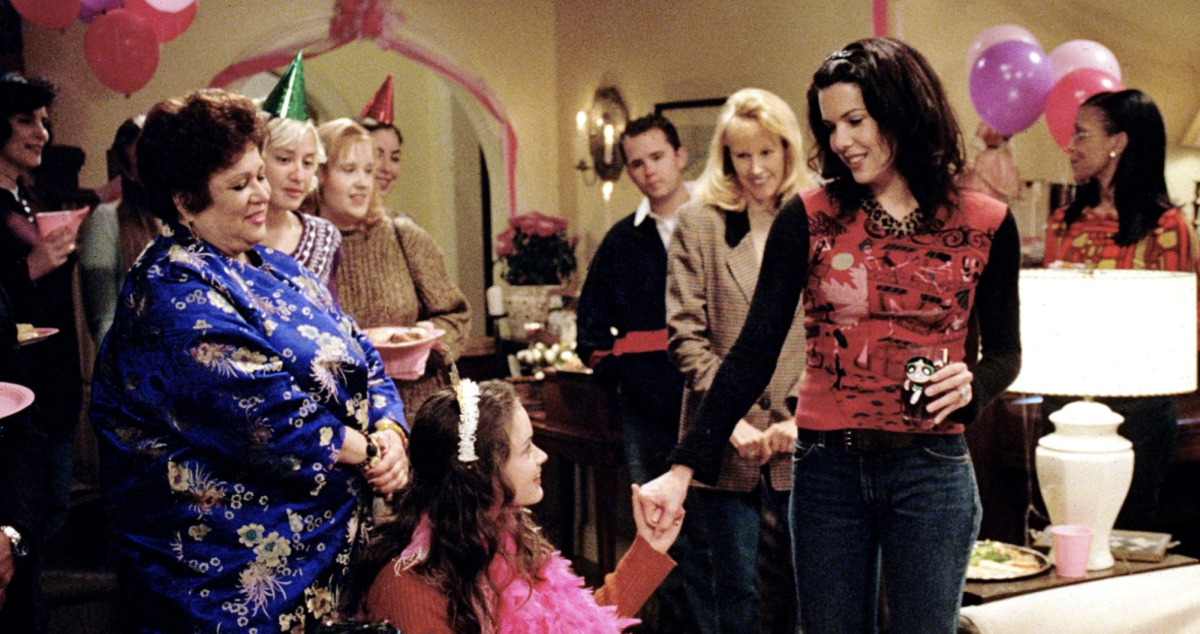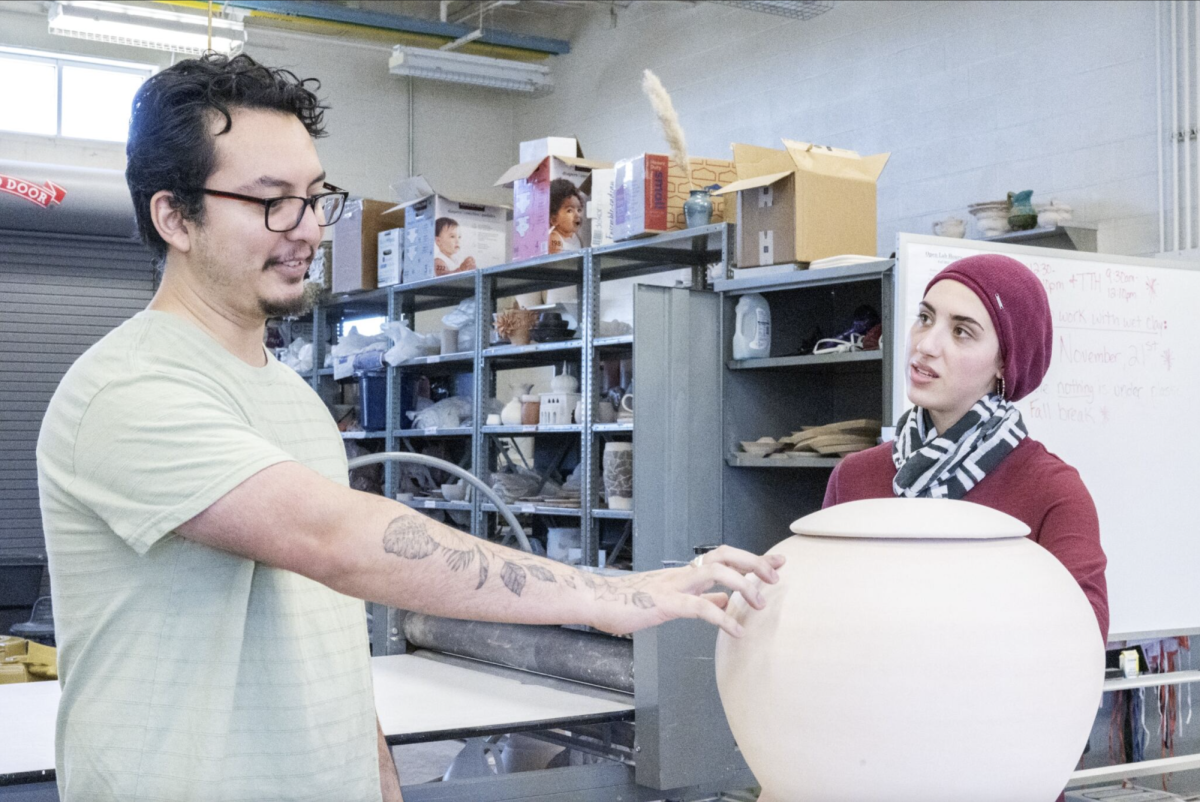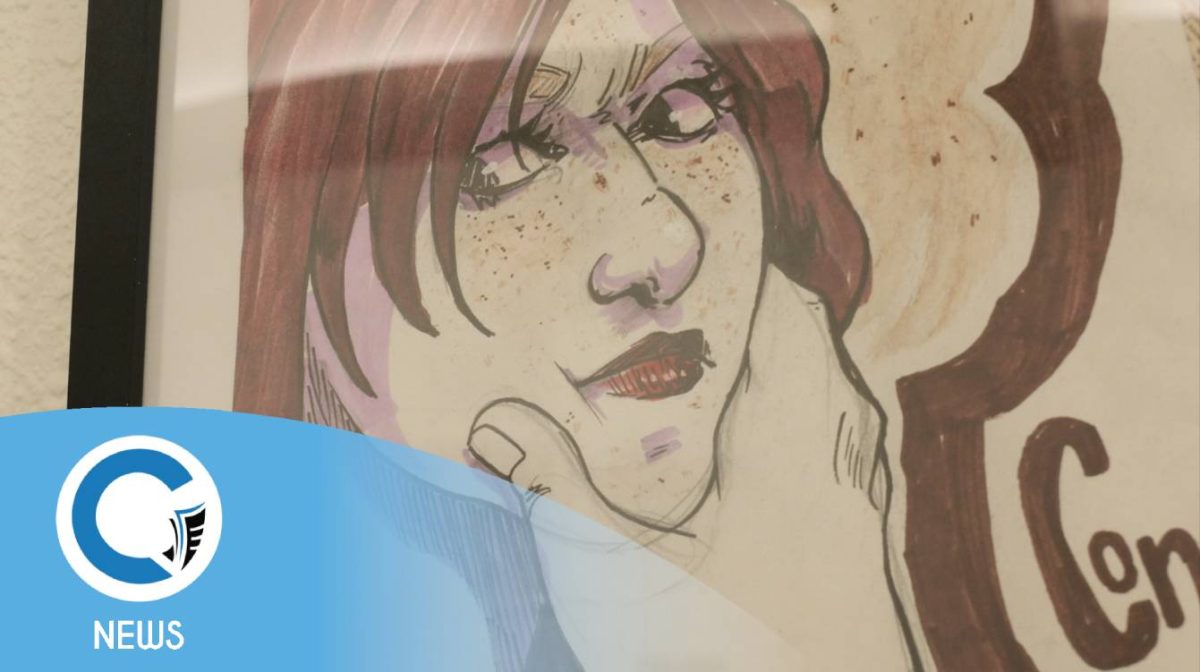From the very first, claustrophobic scene of a man maneuvering through a busy ship’s hold, Brady Corbet’s “The Brutalist” reveales its theme through our first look at 1940s America — the Statue of Liberty upside down and on its side.
In the style of the epics of the ‘50s and ‘60s, memorable shots like these take your breath away.
In David Lean’s “Lawrence of Arabia,” it was the great expanse of orange sand dunes and blue skies pictured in ultra-wide shots. In “The Brutalist,” the cool blues and gritty dark tones of a dirty, industrialized Philadelphia send a chill through you.
Filmed with 35mm film stock using a process engineered in 1954, “The Brutalist” tries to capture the aesthetic and novelty of the historical epics but doesn’t lose its identity as a truly modern movie.
The film follows the journey of Hungarian-Jewish Holocaust survivor and architect László Tóth, played by Adrien Brody, who emigrated to America in the late ‘40s to look for work and, like many immigrants, a better life.
He left behind his wife Erzsébet, played by Felicity Jones, and his niece Zsófia and spends the first act looking for work and a way for them to join him. Tóth’s life in America is filled with equal parts tragedy and pleasure.
The first act is almost perfect in how it establishes the contrast of the dirty streets of a poverty-stricken city and the isolated grandeur of the Van Buren estate.
Clocking in at about three and a half hours, the audience is sucked into an odyssey spanning more than two decades featuring some truly great acting.
Almost every performance in this film is compelling and memorable, which can be hard to achieve in an epic with a big cast. Brody and Jones give standout performances as the Tóths.
This isn’t Brody’s first time playing a Holocaust survivor in a film that leaves audiences emotionally drained. In 2002, he had portrayed a real-life musician in Roman Polanski’s “The Pianist,” for which he became the youngest man to win the Oscar for best actor at the age of 29.
Brody is likely to win another one for his performance in “The Brutalist,”. Jones plays the character with the most determination and mental fortitude. Her devotion to both her own dignity and to the life she wants for herself is displayed through Jones’ powerful performance.
The Tóths’ tumultuous but ultimately earnest love for each other is at the core of the film’s message of how America uses and spits out its immigrants.
Of course, the film does have its faults. It is, at times, too ambitious. Even at more than three hours, the last act tries to wrap up the story in too little time when it deserves more to end naturally. This is the hard part of making an epic: knowing when to end a story after hours of building it to its climax.
The film’s reputation also took a hit after it was revealed that the voices of some of its stars were edited using an AI program in post-production. This was done to apparently improve the authenticity of the Hungarian accents, but the decision has proved controversial as the film industry wrestles with the use of AI.
 In spite of its faults, “The Brutalist” still succeeds in leaving a lasting impression in those who see it. And after the credits roll, the images of the symbol of American liberty turned on its head will remain for a long time.
In spite of its faults, “The Brutalist” still succeeds in leaving a lasting impression in those who see it. And after the credits roll, the images of the symbol of American liberty turned on its head will remain for a long time.

































